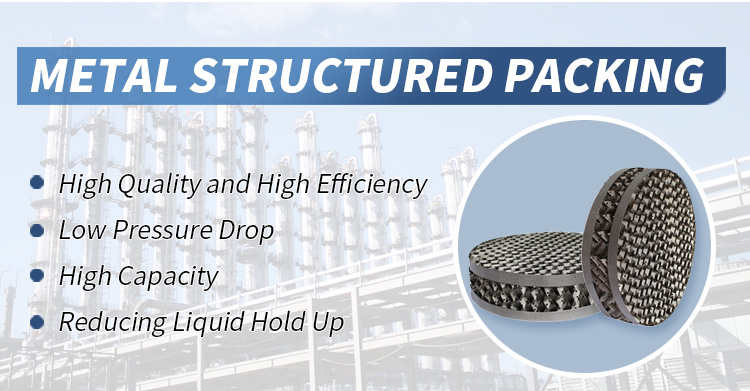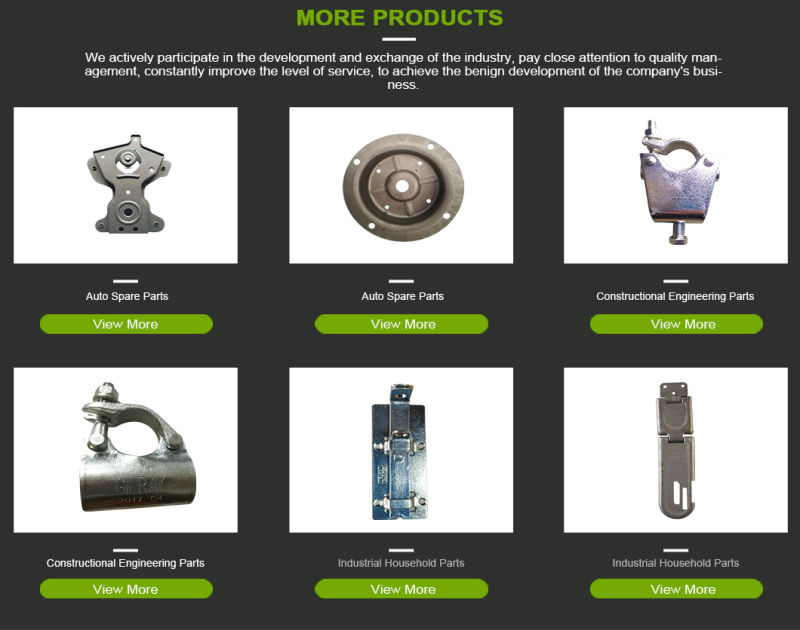Custom Metal Fabrication: A Comprehensive Guide
This comprehensive guide to custom metal fabrication covers all aspects of the process, from material selection to finishing touches. It delves into the intricacies of cutting, bending, and welding to create precision metal components. The guide also explores the various applications of custom metal fabrication in industries such as automotive, aerospace, and medical. It concludes with a discussion on the future of custom metal fabrication and how advancements in technology are transforming the industry.
Custom metal fabrication is a process of creating metal components and structures according to specific requirements and designs. This process involves cutting, bending, welding, and other techniques to shape the metal into the desired form. The use of custom metal fabrication extends across various industries, including automotive, aerospace, marine, and more.

In this comprehensive guide, we will explore the world of custom metal fabrication in detail. We will discuss the processes involved, the materials used, and the applications of custom metal fabrication. By the end of this guide, you will have a clear understanding of how custom metal fabrication works and the important role it plays in our lives.
Processes Involved in Custom Metal Fabrication
The process of custom metal fabrication involves several steps to create the desired metal components. These steps include cutting, bending, welding, and finishing. Each step requires precision and accuracy to ensure that the final product meets the specified requirements.
Custom metal fabrication starts with cutting the raw material into the desired shape. This can be done using various cutting techniques, such as laser cutting, plasma cutting, or waterjet cutting. The chosen cutting technique depends on the type of material being cut and the desired precision level.
Next, the cut material is bent into the desired shape using bending machines. Bending machines apply pressure to the material to shape it into the desired angle or curvature. Again, precision is crucial at this stage to ensure that the final product has the correct dimensions and shape.
Once the material is cut and bent, it is time to weld the pieces together to form a solid structure. Welding is a process that involves heating and melting the surfaces of two or more pieces of metal to join them together. Different welding techniques are suitable for different materials and applications.

Finally, the welded structure is finished to ensure that it meets the specified standards and requirements. This may involve cleaning, polishing, painting, or other finishing techniques to enhance the appearance and durability of the final product.
Materials Used in Custom Metal Fabrication
Custom metal fabrication can use a wide range of materials, depending on the application and requirements. Common materials include steel, stainless steel, aluminum, copper, and more. Each material has its own unique properties and uses in different industries.
For example, steel is a strong and durable material that is commonly used in construction, automotive, and aerospace industries. Stainless steel is resistant to corrosion and is often used in marine and medical applications. Aluminum is lightweight and has good thermal conductivity, making it suitable for applications that require high heat transfer efficiency. Copper is an excellent conductor of electricity and is commonly used in electrical applications.
Applications of Custom Metal Fabrication
Custom metal fabrication has numerous applications across various industries. Some common applications include automotive parts, aerospace components, marine structures, electrical equipment, and more. Each industry has its own specific requirements and designs that can be met through custom metal fabrication.

In the automotive industry, custom metal fabrication is used to create various parts and components, such as engine blocks, transmission cases, suspension systems, and more. These parts are precision-cut and welded to ensure that they meet the specified dimensions and tolerances.
Aerospace components also require precision machining to meet the stringent standards of performance and reliability. Marine structures, such as ships and boats, are built using steel plates that are cut and welded into shape to form the hull of the vessel. Electrical equipment often requires copper wire or aluminum wire that is cut to length and shaped into coils or other configurations for use in motors or generators.
Conclusion
Custom metal fabrication is a crucial process in many industries that requires precision machining and accurate cutting techniques to meet specific requirements and designs for each application. By understanding how this process works and what materials are used in different applications across various industries you can better appreciate its important role in our lives today
Articles related to the knowledge points of this article:
Whole House Customization: Giant Forest Hardware
Custom Hardware Components by V&W International
Title: Wenling Ouwei Customized Hardware: Quality and Durability for Your Projects
Customized Metal Suction Cups in Qingdao: A Comprehensive Guide
The Customization of Hardware Suction Cups by a Leading Manufacturer
Title: Management of Custom Hardware Processing in Shanxi Province



